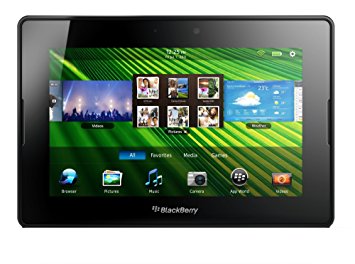
Aligning to kill customer pain
Blue Dots Partners developed A4™ as a quantitative, fact-based approach to help companies drive revenue growth. A4 provides a detailed methodology to assess and optimize the alignment between a company and its market. Success requires strong alignment in four fundamental areas:
- 1. Product claims that address the specific motivating customer pain
- 2. Messaging that creates the intended perception
- 3. Go-to-market approaches that match how the customer wants to buy; and
- 4. Customer delight across the entire business relationship. We call it “The Delightfulness Journey”
This article focuses on the first of those four alignments: the match between the customer’s pain and the claim made by the vendor who wants to sell the painkiller. That alignment should be elementary, right? Yet there are hundreds of examples of strong, generally successful companies with products that failed specifically because the pain and claim were not aligned.
The Consumer Package Goods (CPG) industry is a great place to look for such failures, which have washed billions of dollars down the drain. One CPG example is Frito-Lay’s “WOW!” snack chip product line.

In 1998, Frito-Lay recognized a growing consumer pain: many people who ate snack chips were worried about the high fat content and wanted a lower-fat chip. Frito-Lay responded with WOW!, which made the claim of being completely fat-free. If ever there was a claim that addressed the pain head-on, it was WOW! Except for one problem: a claim must be both true and viable. Frito-Lay fried the chips in olestra, a fat substitute that produced nasty gastrointestinal side effects and led to an FDA labeling requirement warning of “abdominal cramping and loose stools”. You can imagine that those abdominal issues extended to the business team that oversaw the decline of what had been a massive growth business.
There are plenty of comparable failures in tech as well. How about the Blackberry PlayBook? Just prior to the device’s introduction, PCWorld identified multiple serious issues.[i] The PlayBook only had Wi-Fi and could not sync with a BlackBerry Enterprise Server. The PlayBook did not do email and to sync email, a BlackBerry smartphone had to be tethered.
On top of those issues was a value perception problem in that the screen was smaller than competition but the price point was the same. Needless to say, the PlayBook did not enjoy success.
So, mistakes are plentiful but what makes for a strong alignment between the pain and claim? How do you recognize and truly understand the customer’s pain? How can you identify strong versus weak alignment? You can start by answering a series of questions, first about the customer’s pain, then your own claim. You may find the following examples helpful, although they can vary depending on your specific situation.
PAIN
1. Clearly define the pain: What is it? From where does it come? How can it be articulated?
2. Assess the level of pain: How painful is it? What is the intensity? How much of the business does it impact?
3. Determine the importance of the pain: In what ways is it impacting the business now and in the future? How urgent is its resolution? Is it a top priority for whoever will take the blame or get the credit depending on whether the pain is eliminated?
4. Measure the degree of difficulty: What would it take to kill the pain? How is the company working around the pain today? Have previous products failed to solve the problem? Is there a belief that the pain can be truly resolved?
CLAIM
- 1. Detail the pain your product addresses: How do you articulate that specific pain?
- 2. Define the claims: What is the primary claim you are making? What secondary claims are you making?
- 3. Assess the strength of the claims: Why are they unique? In what ways are they defensible?
- 4. Validate the claims: How do you demonstrate your claims? What proof do you have that establishes the veracity of the claims?
- 5. Establish the value created by killing the pain: Does the value outweigh the cost? By how much?
Aligning Pain and Claim… it makes sense but is not all that common. Like my old physics teacher used to say: “It goes without saying, but it’s better to say it.”
[i] PC World, Four Reasons to Avoid the BlackBerry PlayBook, March 28, 2011.